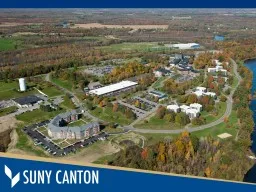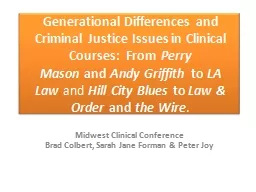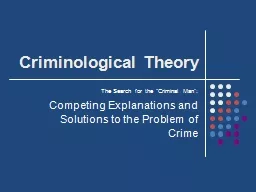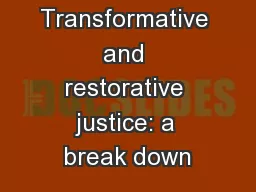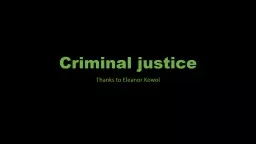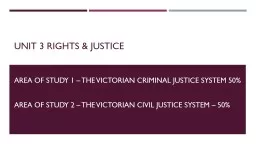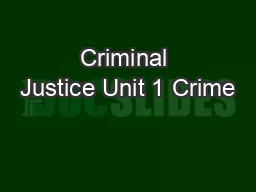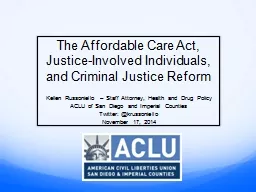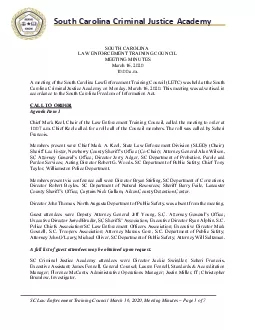PPT-Science Department School of Science, Health and Criminal Justice
Author : celsa-spraggs | Published Date : 2019-11-01
Science Department School of Science Health and Criminal Justice Fall 2016 Assessment Report Curriculum Coordinator Ron Tavernier Date of Presentation 1202017 Student
Presentation Embed Code
Download Presentation
Download Presentation The PPT/PDF document "Science Department School of Science, He..." is the property of its rightful owner. Permission is granted to download and print the materials on this website for personal, non-commercial use only, and to display it on your personal computer provided you do not modify the materials and that you retain all copyright notices contained in the materials. By downloading content from our website, you accept the terms of this agreement.
Science Department School of Science, Health and Criminal Justice: Transcript
Download Rules Of Document
"Science Department School of Science, Health and Criminal Justice"The content belongs to its owner. You may download and print it for personal use, without modification, and keep all copyright notices. By downloading, you agree to these terms.
Related Documents

